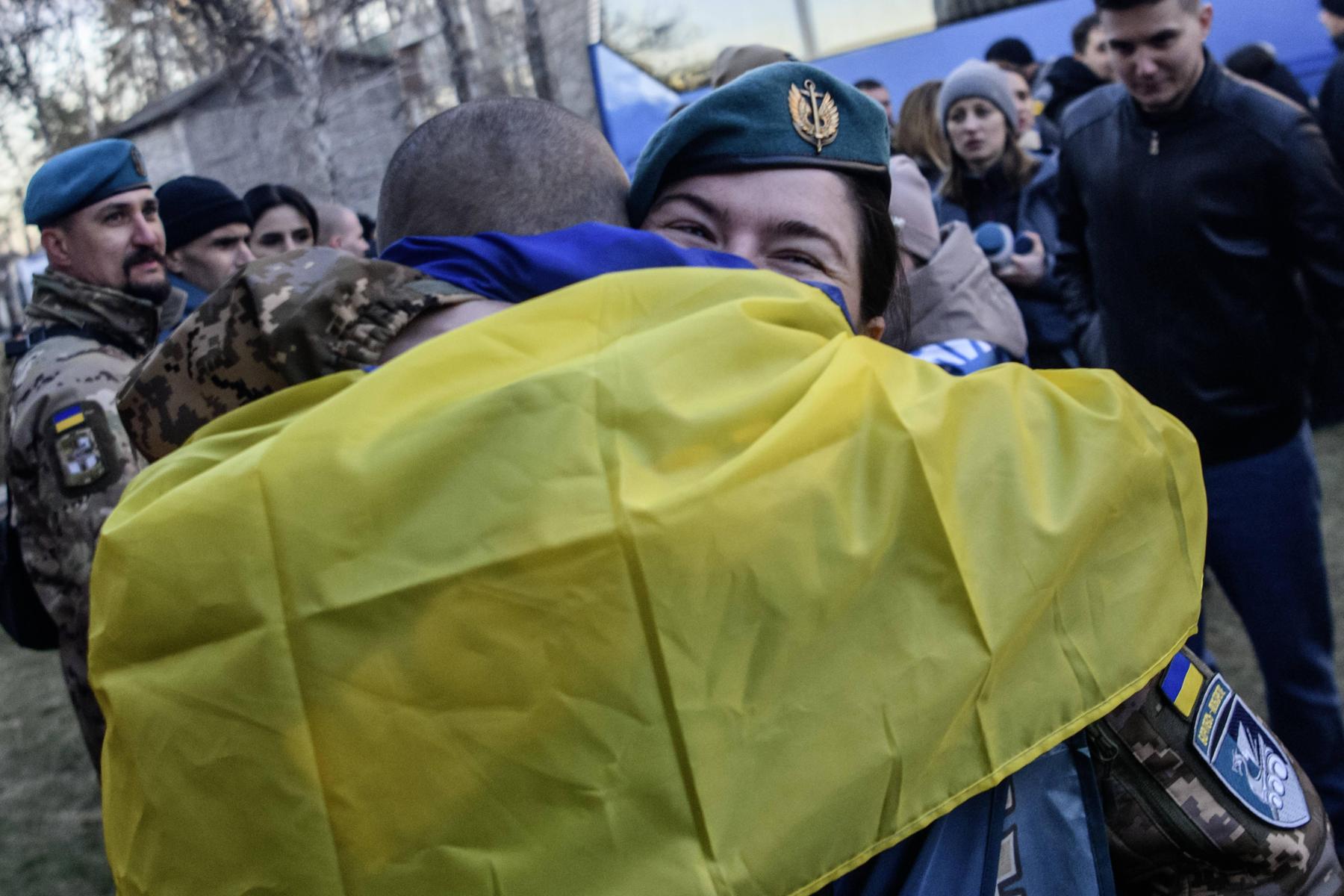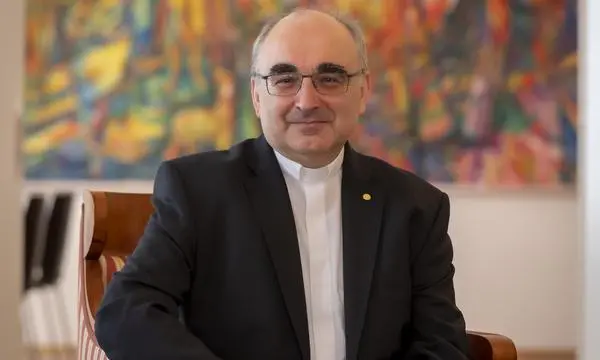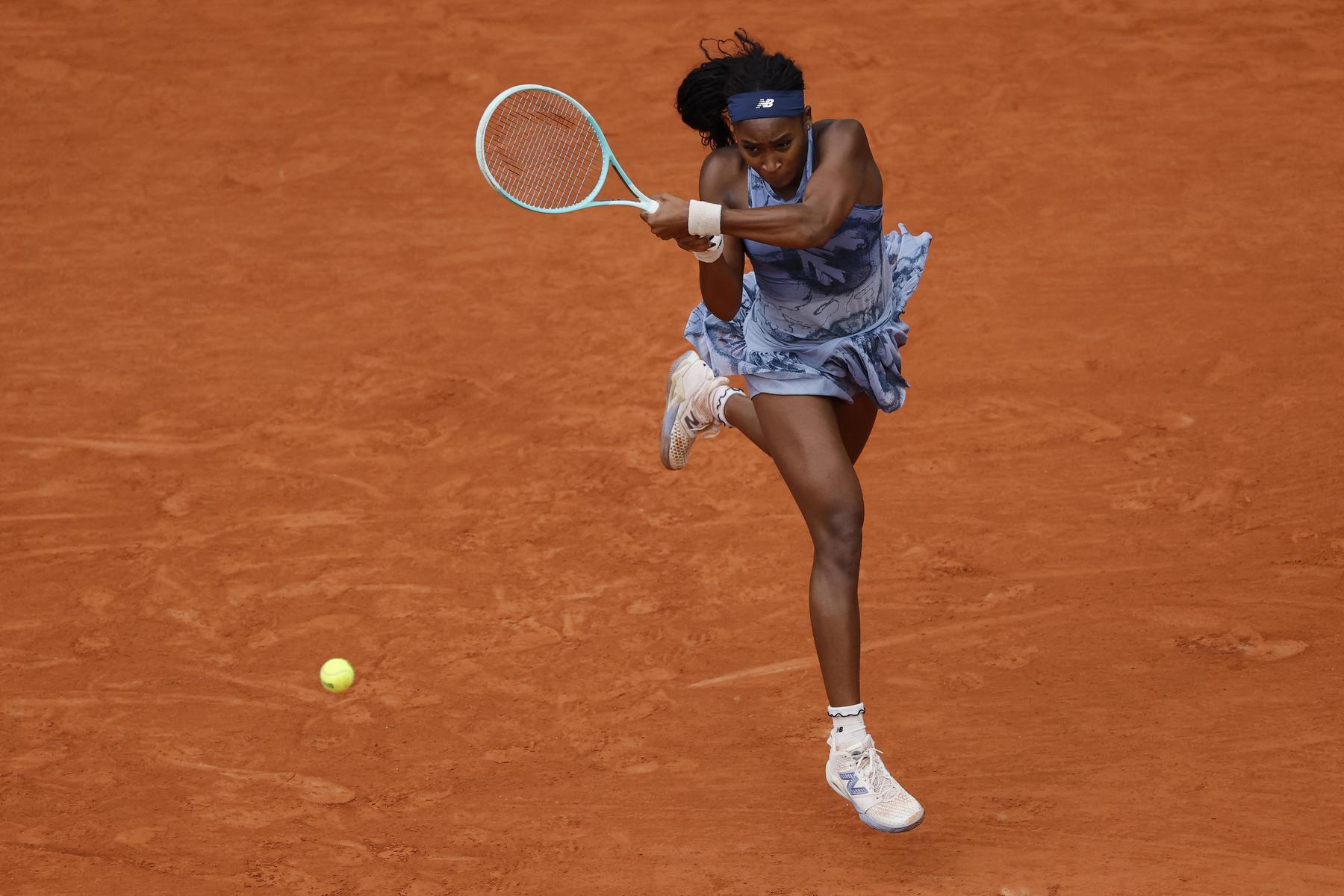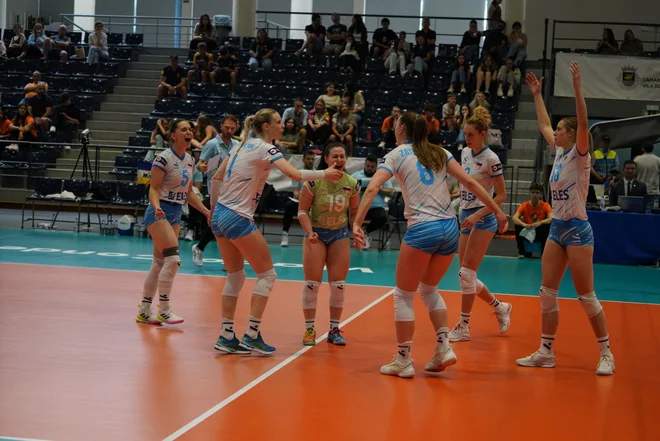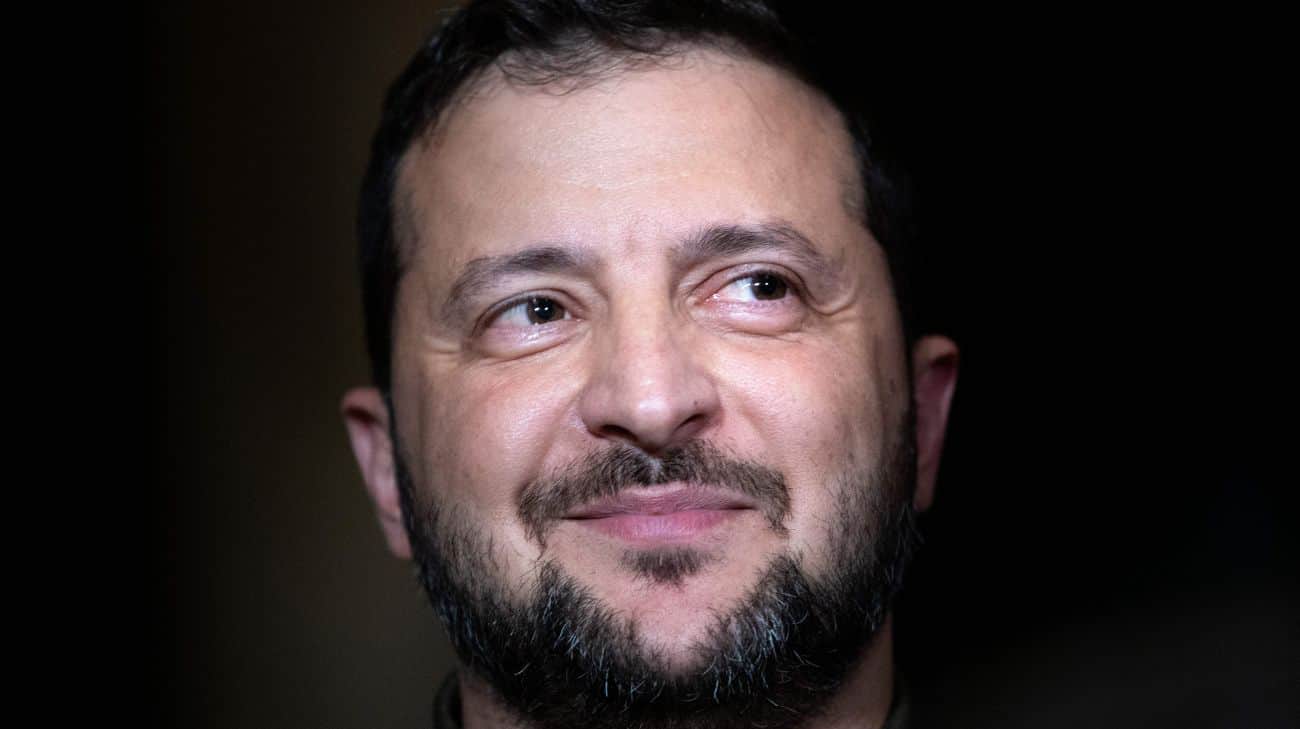Cold shower for prestige auctions in New York – Diepresse.com
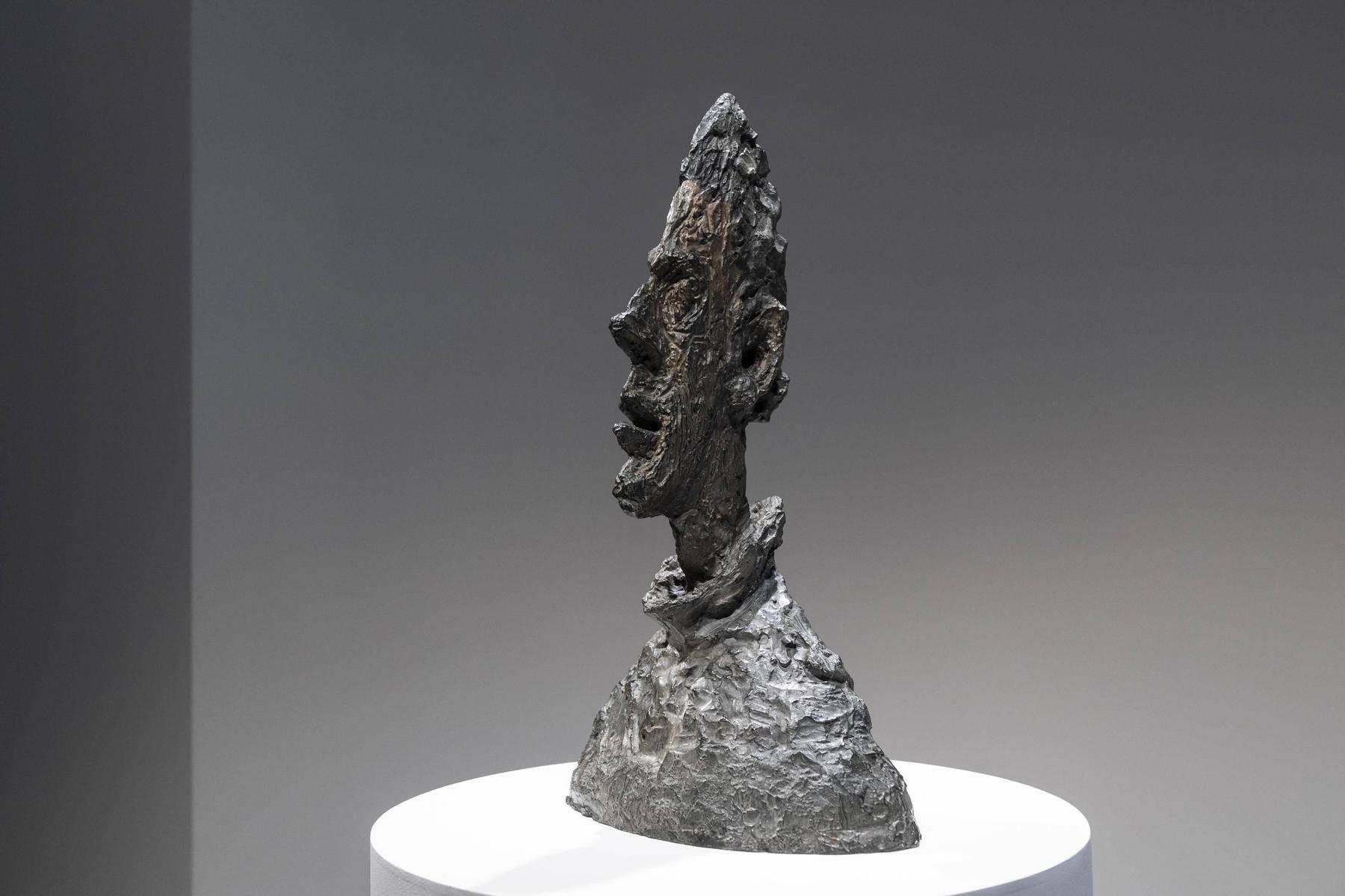
The big auction houses had hoped for records, but the spring auctions in New York disappointed. The correction continues.
As on the evening of May 21st in New York Sotheby’s-S hall suddenly stopped, it was not just the sculpture that looked frozen. Alberto Giacomettis « Grande Tête Merc », advertised with $ 70 million as the star of spring auctions, remained unsuccessful. For three minutes, auctioneer Oliver Barker searched in vain. The hammer’s blow did not mean a degree this time, but a failure. It was the lot with the highest expectations at the prestige auctions, but Sotheby’s was not alone. Despite full -bodied catalogs, iconic artist names and millions, the spring auctions disappointed Christie’sSotheby’s and Phillips On a wide front. The industry had relied on trophy art and got a cold shower.
Overestimation
The failed sale of the Giacometti bronze head is exemplary for the current situation. Despite an unstable market environment, sellers and auction house waived a price guarantee. The starting price was $ 59 million; Too high, as it turned out. The hope of arousing desires through exclusivity and the “only painted version” label was overwhelmed by the realism of the bidder. The last comparable version was auctioned in 2013 for around $ 50 million. So why pay $ 70 million in today’s uncertain market?
Warhol withdrawn
The day before Christie’s avoided a similar disaster by Warhols « Electric Chair » was withdrawn at short notice. The estimated price was $ 30 million, but due to the lack of market resonance, the entrant decided to withdraw the picture. In both cases, it turns out that names alone are no longer sufficient. The time in which collectors blindly trusted on brands seems to be over.
Excessive expectations
Market experts had warned before the auction week that the market conditions are fragile. Inflation, geopolitical tensions, interest pressure and the extensive absence of Asian buyers dampen the momentum. Nevertheless, the auction houses, as it turned out, held excessive expectations. This is also partly due to the sellers who insisted on their ideas, and the auction houses who have an acquisition problem for prestige objects.
Christie’s, Sotheby’s and Phillips together only reached around one billion dollars sales and thus clearly missed the total expectations of $ 1.2 to $ 1.6 billion. If you pull off the accumulation, only $ 837.5 million remain. For comparison: in 2022 it was still $ 1.8 billion. The top ten rank of the best-selling works fell by 63 percent. Art that was long as a safe harbor and alternative disposition seems to no longer do justice to this status, at least as far as the top price segment concerns.
The fact that auctions are no longer the free market arena than which they are often sold can also be seen in the practices in the background. Many sales only take place thanks to guarantees, be it through the house itself or through third parties. Last but not least, the transparency suffers because the competition is artificially modulated and the risk and price relationships are shifted. A work that is guaranteed may be sold safely, but rarely spectacular. In the case of the Giacometti, the opposite came into play, because there was no guarantee, no retreat and this resulted in the maximum fall height. According to Sotheby’s information, there was serious interest, otherwise they would not have got involved with this risk, but that obviously was not enough for a bid. The piece is now considered burned, i.e. difficult to resell and affected with image damage.
Blue chips hit hardest
The erosion of blue chip art is particularly striking, those stars that were once considered unsinkable. Frank Stella, Ellsworth Kelly, Franz Kline, Robert Motherwell, they were all narrowly sold or found no buyer at all. Giacometti is also part of this. The market has totally overheated during the boom phase for these brands and there has been a correction on the market since 2023. After the first quarter of 2025, there was still hope that the market could turn, but the correction, at least as far as high prize art is concerned, once more manifested itself in the important May auctions in New York.
Women asked
Instead, attention moves into other directions, to artists, to previously undervalued positions, to fresher material. Marlene Dumas, Olga de Amaral, Dorothea Tanning, Remedios Varo, they all achieved new maximum prices. Simone Leigh, Emma Mcintyre or Ilana Savdie experience growing demand. Not because they are fashionable, but because the market suddenly recognizes them as valuable and, above all, rated and affordable. They stood in the shade of trophy art for a long time and now receive the overdue upgrade because they are well established on the market, but not yet overpaid.
What remains is an industry that clings to numbers. Sell-through 80 to 90 percent are celebrated, even if this quota comes about through previously guaranteed sales and corrected expectations. Successes are measured at records for niche artists, no longer in turns in sales. The art market, once a symbol for departure, investment, social relevance, currently seems strange. The sovereignty of great collectors gives way. Old groups of buyers, such as from China, Russia or the Golf region, have dipped. New players are waiting for themselves. After the hope for the turnaround in the first half of the year, more stability is now being built in autumn. As is well known, hope dies. Perhaps it is time to say goodbye to the idea that art market and capital market have to run synchronously. Perhaps this means Normal: Quality before speculation, substance before record hunting.

